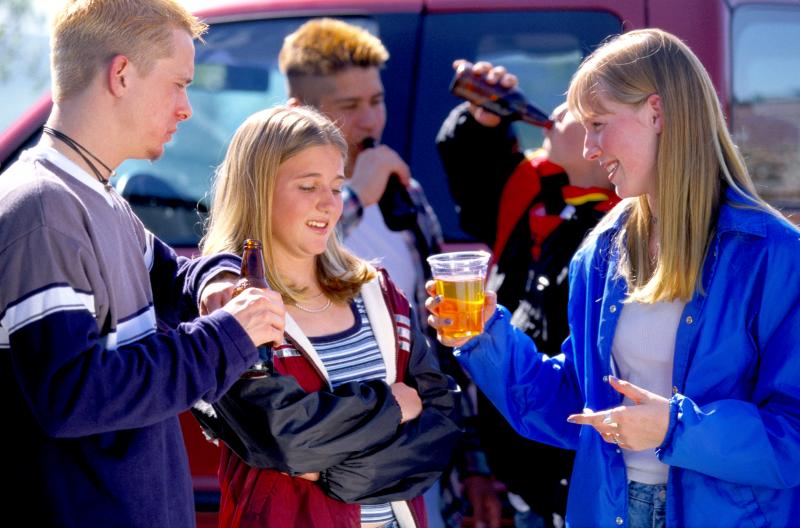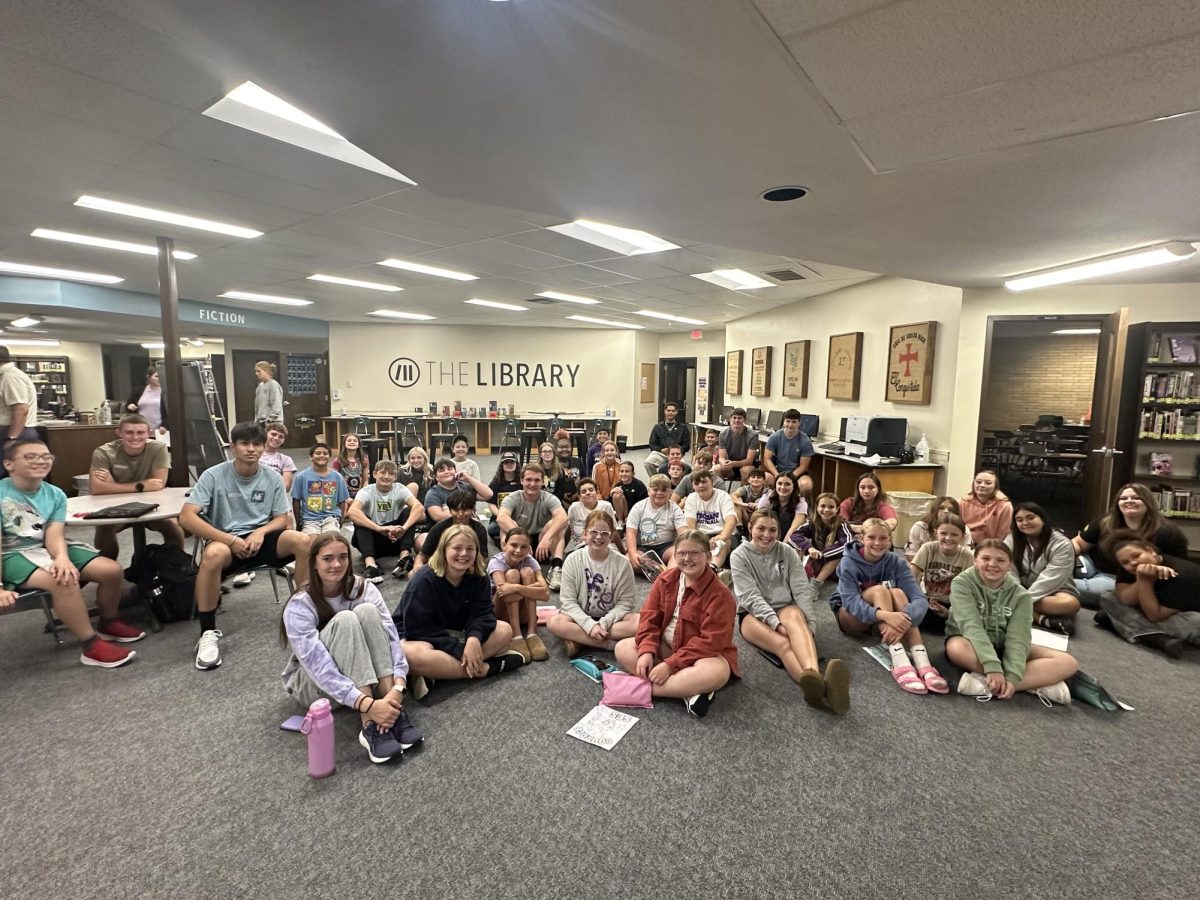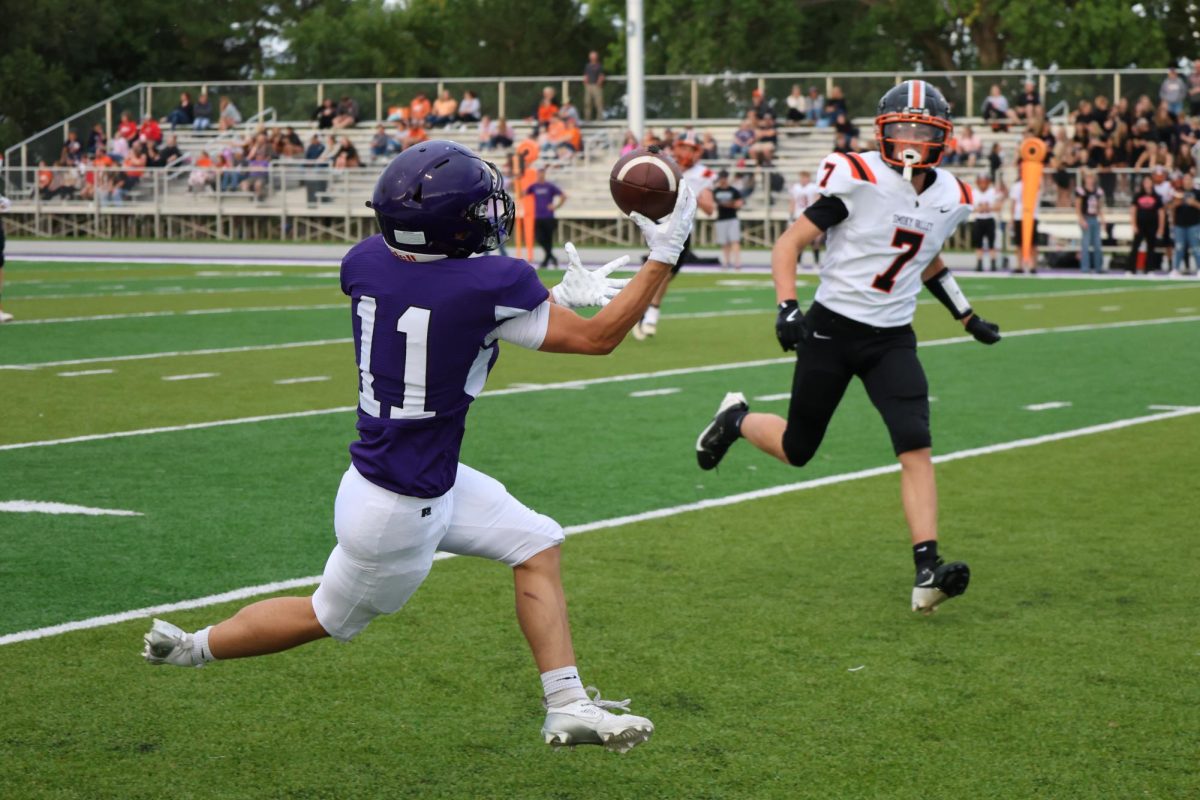Being a teenager is a time in your life that you never forget. Prom, sports, parties, boyfriends and girlfriends, and so many other cliche things that happen during your teenage years that will stick with you for the rest of your life. Why would you dirty those memories with things like drugs, alcohol, petty crime, or vandalism? For most people, peer pressure is the answer.
What is peer pressure? The book’s definition of peer pressure is an influence from one’s friends. For most of us, when we think of peer pressure, we think of negative experiences and guilt-tripping. There are actually two kinds of peer pressure: negative peer pressure, and positive peer pressure. Negative peer pressure is what we typically think of when it comes to peer pressure. We tend to see acts of negative peer pressure in movies and hear about them in books, but it is very much a thing of reality rather than fiction. Across the board, negative peer pressure takes place when someone you’re friends with or a member of your group makes you do something in order to be accepted. Commonly, people feel guilty or disappointed in themselves for how they acted, as it often goes against their line of beliefs or morals.
Typically, you can see signs of someone experiencing negative peer pressure if that person: is avoiding school or other social activities, is image conscious, has changes in behavior, expresses feelings like they don’t fit in, has low moods, has trouble sleeping, and many others. Examples of negative peer pressure can be: convincing someone to skip school, encouraging a friend to fight or bully someone, getting friends to engage in sexting, pressuring someone to drink or do drugs, pushing someone to buy e-cigarettes online, and so on. There are so many examples that people experience that would take far too long to list. The people you spend your time with have the capability to influence the kind of music you listen to, your hobbies and what you wear, how you spend your time, and how you talk. Surrounding yourself with people who care about you and have no interest in changing who you are are the kind of people we should all strive to be and surround ourselves with.
In a similar manner, positive peer pressure has an equally as large impact but for the better of those around us. People who are committed to getting good grades and making varsity can influence people to be more goal-oriented. Similarly, people who are kind and caring can influence others to do the same. As parents, I believe it is very important to teach them how much their attitude and actions can affect and influence others, and encourage their interests and positive role models. Positive peer pressure also comes in many forms, such as: pushing people to do better and get better grades, getting an after-school job and encouraging friends to do the same, saving money and encouraging others to do the same, disapproving of bigoted jokes or gossiping, discouraging illegal or risky behavior, like underage drinking or drugs.
Why is it that teenagers are always the focus when it comes to peer pressure? Adults will act similarly whether they are in a group or on their own, teenagers are far more susceptible to the influence of those around them. Teenagers are learning about who they are and where they belong, they subconsciously look to their friends for information on how to act and interact. Teenage brains are hypersensitive to the opinions of others and their place in a social group. The area of the brain that is associated with reward, is often most active when in groups or around friends so they receive positive feedback while interacting or being observed in groups. Remembering that peer pressure can have both positive and negative effects, it’s scary to think how quickly a child can be swayed to do things they never would’ve done on their own, for good or for bad. Taking a look at statistics, 70% of teenagers who smoke say they only started because they had a friend who smoked, or because they were pushed to try it. 55% of teens who tried drugs say they did it because of peer pressure.
When you understand how easily influenced teenagers can be, striving to be better and set good examples for those around me comes easily. I hope people are willing to do the same and work towards doing better and making a better environment for the upcoming generations and setting our children up for success rather than addiction, overdose, crime, and guilt. A smile can make someone’s day, a vape can ruin their life.
Works Cited
“Encourage positive peer pressure.” ReachOut Parents, https://parents.au.reachout.com/common-concerns/everyday-issues/things-to-try-peer-pressure/encourage-positive-peer-pressure. Accessed 20 February 2024.
Morin, Amy. “Peer Pressure: How Peers Influence Your Child.” Verywell Family, 1 September 2022, https://www.verywellfamily.com/negative-and-positive-peer-pressure-differences-2606643. Accessed 20 February 2024.
“Peer Pressure, Drugs, and Your Teenager.” Teensavers, 26 February 2020, https://www.teensavers.com/post/peer-pressure-drugs-and-your-teenager. Accessed 20 February 2024.










